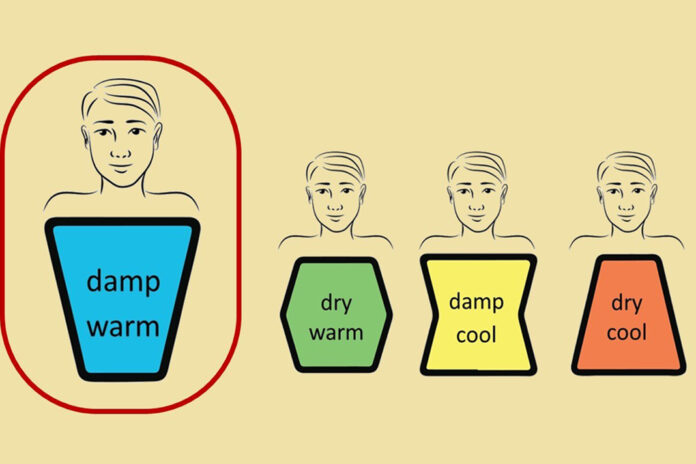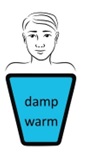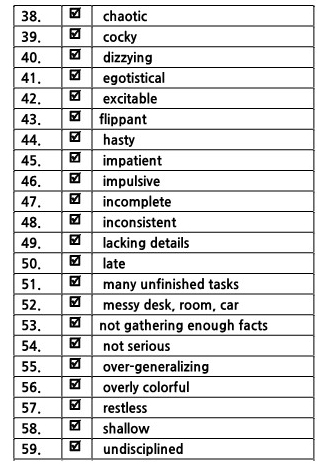
By David Lee L.Ac
Sasang four constitutions are present in all people around the world. We can use other systems to help identify the Sasang constitutions. Below, you will find a parallel between Dr. Jema Lee’s Sasang temperament characteristics with that of Indian Ayurveda, Greco-Roman Unani (Four Temperaments), and American Need Theory Myers-Briggs Type Indicator (MBTI), DiSC, and Social Styles.

Soyangin is a Hot Lesser Yang Primary and Damp Greater Yang Secondary constitution. Soyangin is also Pitta-Vata in Ayurveda, Saguine in Unani, Achievement in Need Theory, INFP, ENFP, ENTP, INTP, ISFP, and ESFP in MBTI, “i” in DiSC, and Expressive in Social Styles. About 25% of any given population is a Soyangin.
These descriptions are not only a clarification of the Sasang constitutions, but also a comprehensive way to correctly diagnose the constitutions. One or several words should not be used to identify a constitution. Rather, one should consider the collection of words and form a holistic picture.
Soyangins are big dreamers, often idealistic. They see the big picture with possibilities of a positive outcome for the benefit of the world. Their mantras are as follows: “Life is short. Get out and have fun.” “Grass is greener on the other side.”


They desire to achieve higher standards and to improve personal performance. Because they are not willing to stay with the status quo, their mind is in a frequent position to adjust. The bar in their internal standard of excellence rises once their goals are reached, creating a need to pursue further improvement and refinement.
Their primary motivation is recognition. The achievement motives are enhanced when given praise for jobs done satisfactorily. They are easily stimulated and encouraged by approval. They are most motivated to strive for excellence by applause, praise, and recognition.
They have a problem with finishing tasks. Because they are full of new ideas, they work on the things that are interesting and may leave old projects unfinished. They do not like to repeat if they were done once or twice. Therefore, they tend to put off things until the last minute or before the deadline. They do not like to refine work with repeated editing. They often start things, get bored, and try to get others to finish the task, or they just drop it.
Because they get distracted easily, they can be perceived as lacking follow-through, over-committing, or lacking time sensitivity. As indicated below, their behaviors are more extreme in high-tension situations.
As indicated below, behaviors are more extreme in high-tension situations.
































